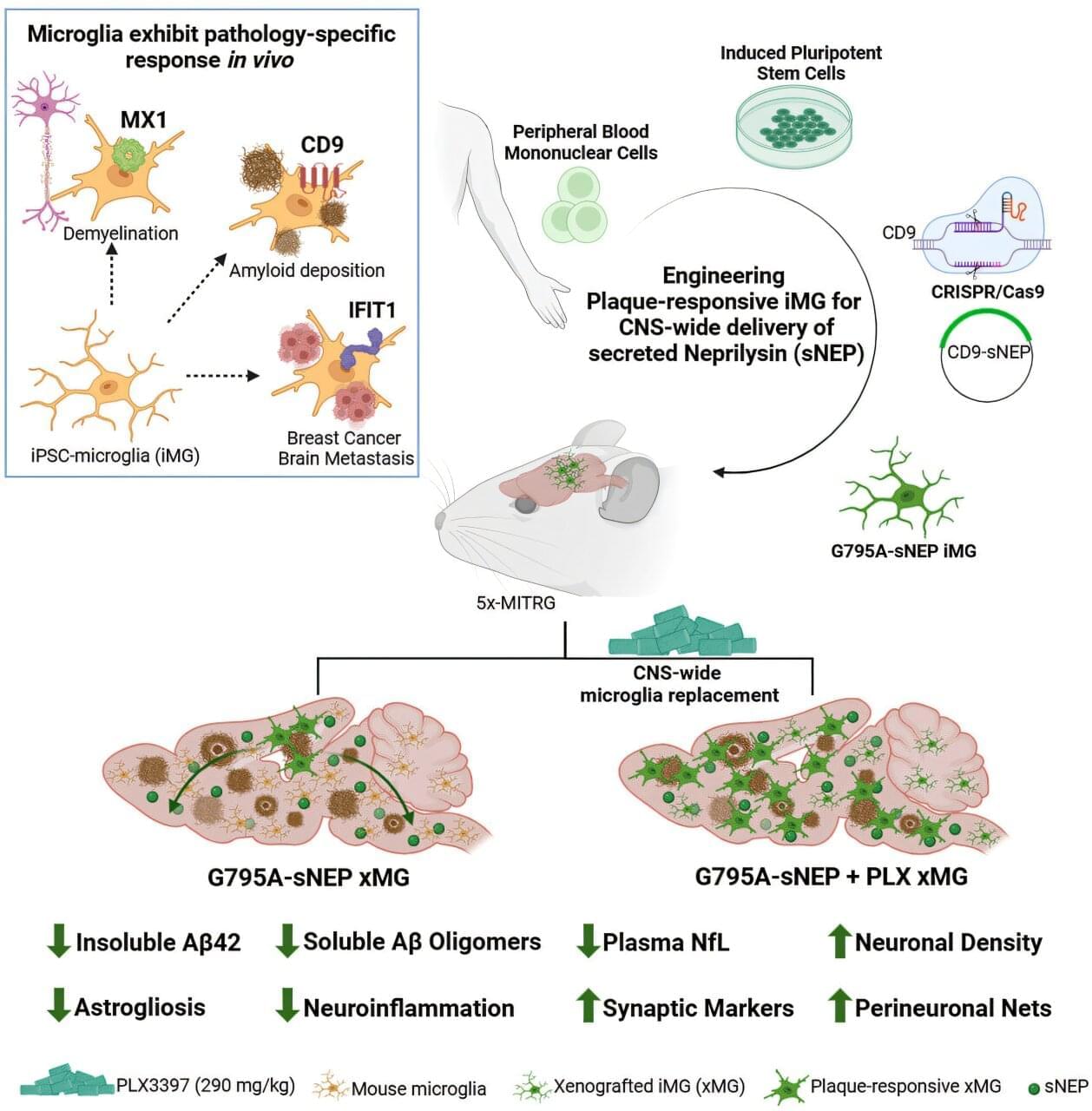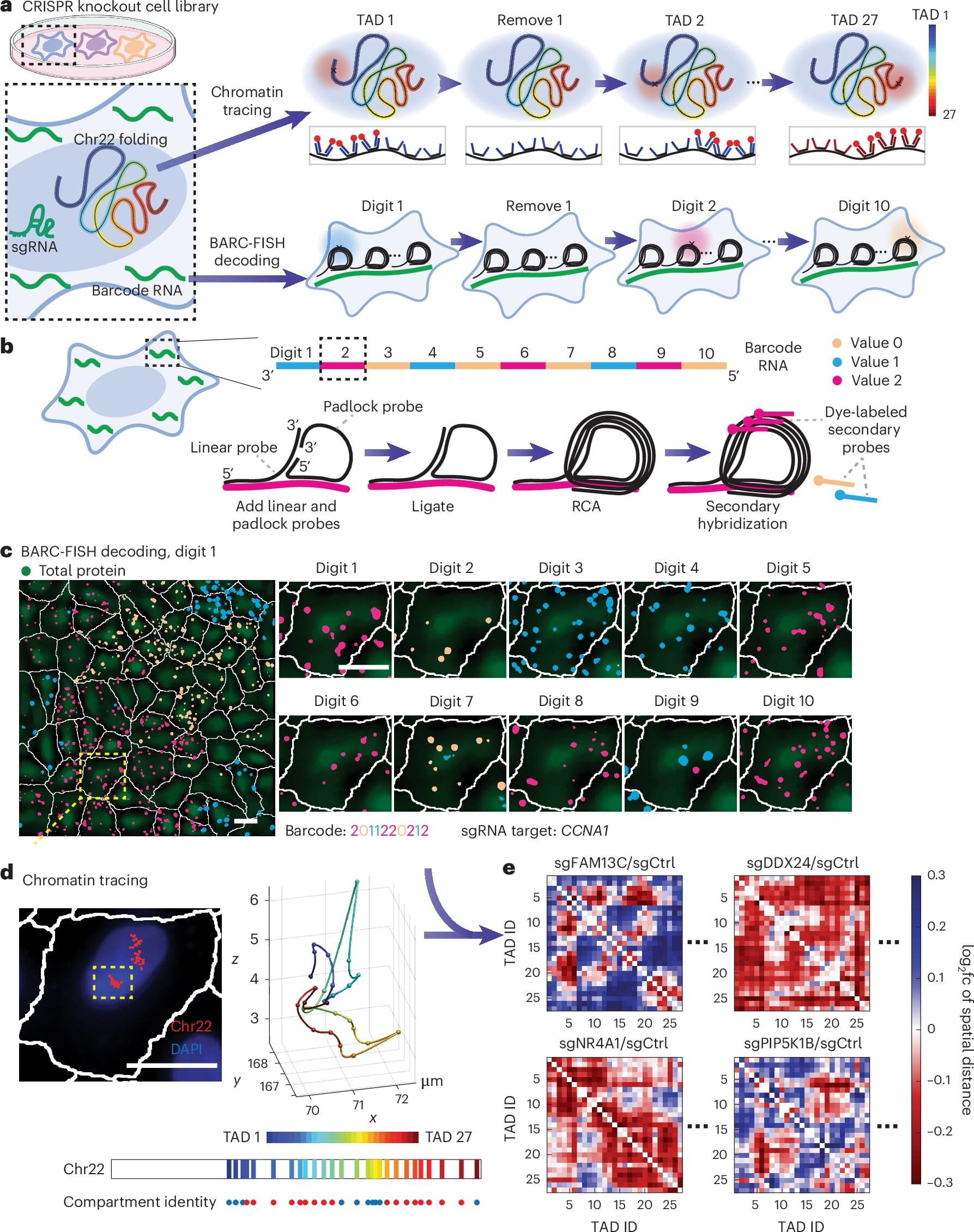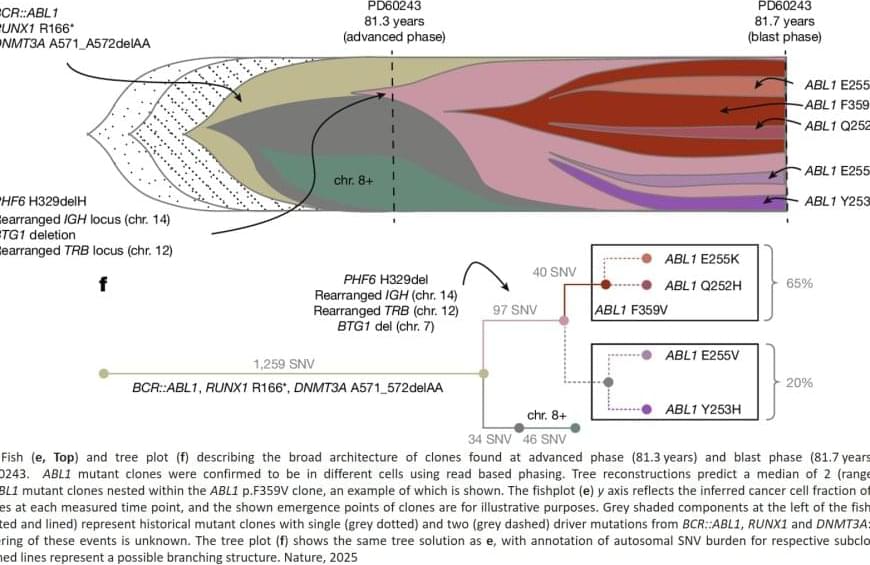Will a child who’s evaluated for autism later develop an intellectual disability? Can this be accurately predicted? Early-childhood experts in Quebec say they’ve have come up with a better way to find out.
In a study of 5,633 children drawn from three North American cohorts, clinician-researchers affiliated with Université de Montréal developed a new predictive model that combines a wide range of genetic variants with data on each stage of a young child’s development.
Their goal? To obtain reliable information as early as possible to predict the children’s developmental trajectory and thus offer more proactive support to those who may need it—namely, parents trying to better understand and anticipate their child’s needs.







